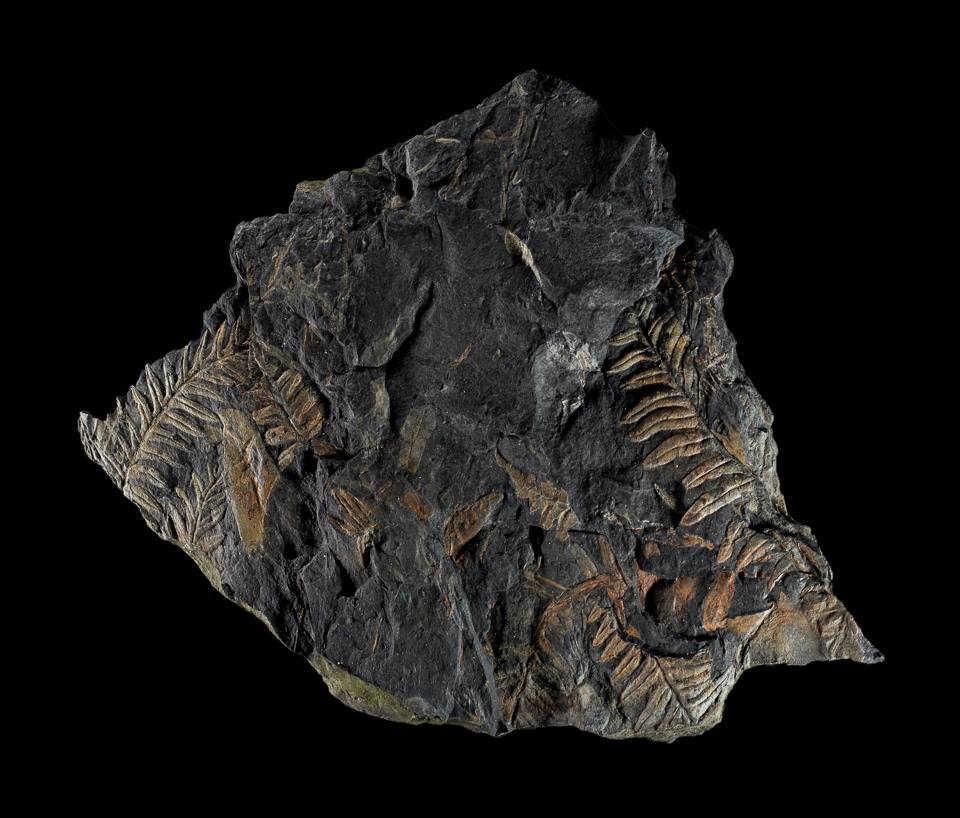My recent fossil hunting excursion has found me a bit obsessed with the paleobotanical world. As a child, I cut my teeth on biology through the lens of fossilized remains of ancient sea creatures. However, this trip turned up something quite special for a plant lover like myself. Among seams of coal we were finding a bewildering amount of fossilized plant life. However, these were no ordinary plants. What we were finding were the remains of some of the earliest forests on our planet. The rocks we were searching in date back to the Carboniferous Era, over 300 million years before the present. For most of the day I was quite excited by what looked like fossilized fern fronds. It was only after I got home and did some research that I realized how special these fossils really are.
Illustration by Styracosaurus Rider
Though they resemble the ferns we find throughout the world today, these were not ferns as we know them. What we had found eternalized by mineralization were the remains of a group of plants that no longer exist. These, my friends, were the seed ferns. This lineage arose during the Devonian but really hit their peak abundance during the Carboniferous and Permian eras. Evolutionarily speaking, the seed ferns sit somewhere between true ferns and cycads on the tree of life. The clue to their position here are the presence of seeds, something ferns don't have but cycads do. The seed ferns are only distantly related to ferns and more closely related to cycads. Many believe they represent the earliest gymnosperms.
Hanging off of the branches are what are referred to as "cupules."Inside the cupules sat the embryos. It is believed that these were wind pollinated as most fossilized cupules show an opening at one end where pollen would have entered. As it stands currently, the seed ferns are the first plants known to reproduce via seeds and therefore represent a major step in the evolution of plants as a whole. Seeds meant that unlike ferns, which require moist conditions to reproduce, the seed ferns were able to colonize a wider swath of habitat types, especially those that were much drier than the swamps in which terrestrial plants evolved.
Why the seed ferns went extinct while both ferns and cycads didn't is not entirely clear. It is likely that competition with more derived seed bearing plants certainly didn't help matters. Despite their disappearance, the legacy of seed ferns lives on today in the fossil fuels we are so hopelessly addicted to and the fossil evidence they leave behind. At the very least, pondering over their fossilized remains is something everyone should take the time to do.
Photo Credit: [1] [2]
Further Reading: [1] [2] [3] [4]


